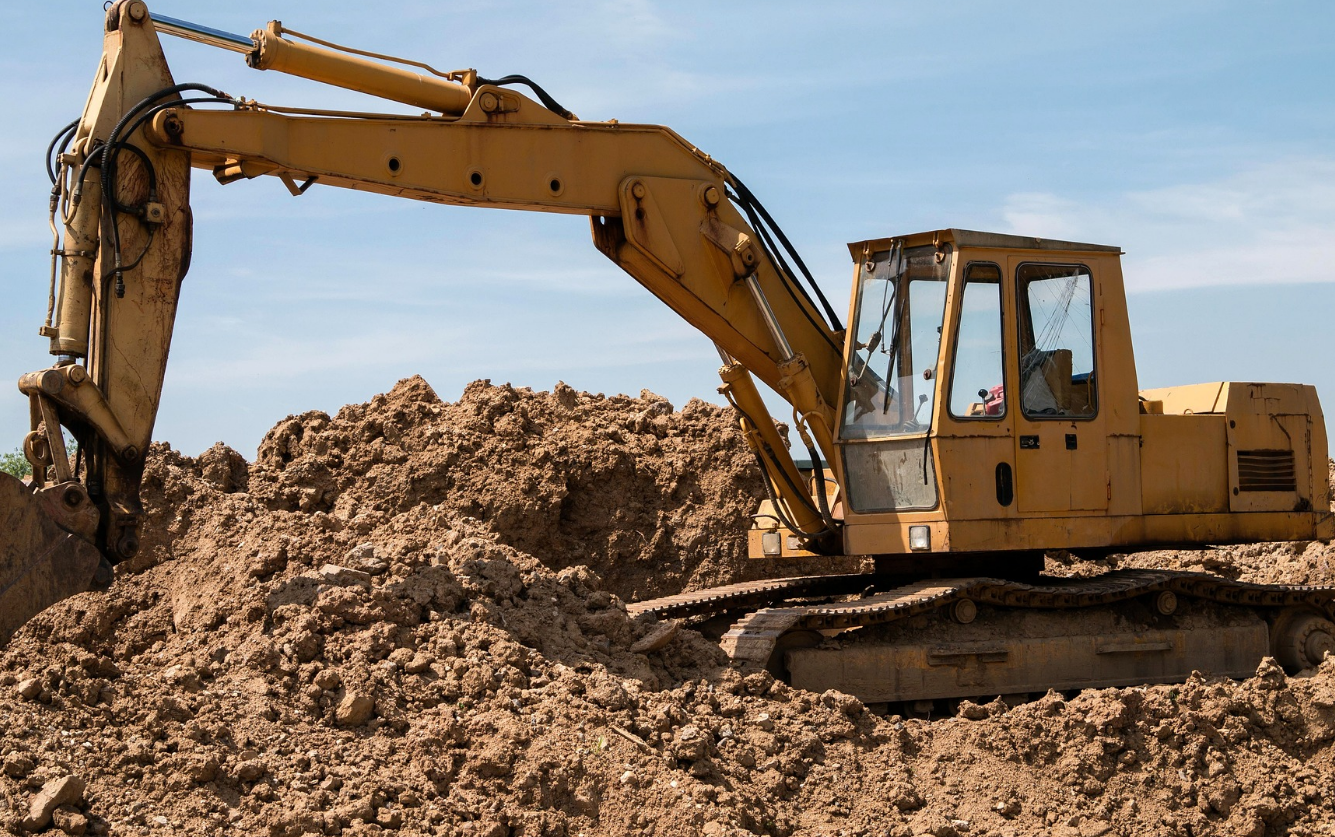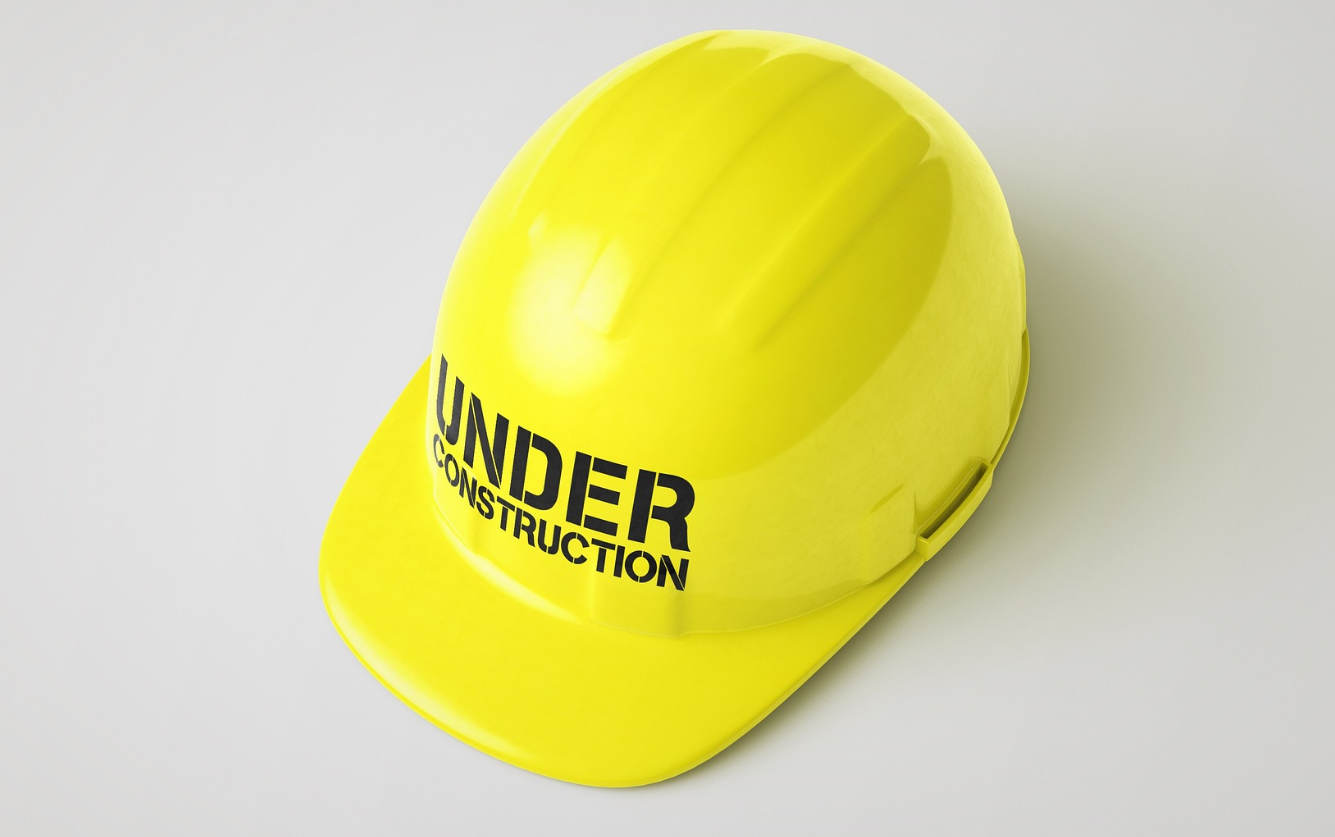
In Washington, Make Sure to Include the Surety in Suit Action
You supplied materials and/or labor to a construction project in Washington, and when you weren’t paid, you filed a mechanic’s lien. Now that lien has been bonded off and you are moving forward with suit to enforce your claim. Who do you sue when a bond has replaced a mechanic’s lien? In today’s case, you would pursue the surety.
Case Background
Inland Empire Dry Wall Supply Co. (Inland) furnished drywall materials to subcontractor, Eastern Washington Drywall & Paint (Eastern). Eastern was hired by general contractor, Fowler General Construction (Fowler). Fowler paid Eastern, but Eastern never paid Inland, which lead to Inland filing a mechanic’s lien.
Fowler obtained a bond, in the amount of Inland’s lien, to free the property from encumbrances. On the bond, Inland was the obligee, Fowler was the principal and Western Surety Company (Western) was the surety. Once the bond had been issued, and the lien amount was secured by the bond, Inland proceeded with suit.
In the suit action, Inland only named one party: Western. Western sought to have Inland’s suit dismissed, because Inland failed to name Fowler as a party to the suit.
“After the lien release bond was recorded, Inland filed an action against Western, in Spokane County Superior Court, to recover on its lien. Fowler was not named a party to the suit. Western answered Inland’s complaint and raised several affirmative defenses, including the fact that by failing to name and include Fowler as a necessary and indispensable party, Inland had not satisfied the statute of limitations requirements in chapter 60.04 RCW.”
The trial court agreed with Western.
And Now, the Statutory Question
Upon appeal, the court was tasked with answering, “Who is a necessary party when a bond has been recorded to replace a construction lien?”
In its opinion, the court states that, once a lien is bonded off, the statute changes, which changes the “legal landscape.”
“Once a lien release bond is recorded, the procedural statute shifts from RCW 60.04.141 to RCW 60.04.161. This change alters the governing legal landscape. With a bond, real property is no longer encumbered.”
So, what’s the difference? Let’s take a look!
RCW 60.04.141 Lien—Duration—Procedural limitations.
“No lien created by this chapter binds the property subject to the lien for a longer period than eight calendar months after the claim of lien has been recorded unless an action is filed by the lien claimant within that time in the superior court in the county where the subject property is located to enforce the lien, and service is made upon the owner of the subject property within ninety days of the date of filing the action.”
RCW 60.04.161 Bond in lieu of claim.
“The effect of recording a bond shall be to release the real property described in the notice of claim of lien from the lien and any action brought to recover the amount claimed. Unless otherwise prohibited by law, if no action is commenced to recover on a lien within the time specified in RCW 60.04.141, the surety shall be discharged from liability under the bond. If an action is timely commenced, then on payment of any judgment entered in the action or on payment of the full amount of the bond to the holder of the judgment, whichever is less, the surety shall be discharged from liability under the bond.”
The appeals court said that RCW 60.04.141 specifically calls out the owner of the property for suit purposes, and RCW 60.04.161 only specifies one party, the surety. In other words, because RCW 60.04.161 does not specifically say the owner must be named in a suit action, the owner is not required.
“The legislature appears to have understood this terminology. Nowhere in the bond in lieu of claim statute (RCW 60.04.161) is there any indication a bond lien claimant must sue an ‘owner.’ Nor does this statute incorporate the requirement of RCW 60.04.141 that service of suit be effected on an ‘owner.’ The lien release statute only incorporates the provisions of RCW 60.04.141 as to the timing of an action. It does not incorporate the requirements of RCW 60.04.141 regarding who must be sued.”
I understand the appeals court’s logic, but I also understand why the trial court would deem the property owner as a necessary party to the suit. This appears to be a very fine difference in statute — reinforcing the school of thought that mechanic’s lien statutes can be a murky area.
The Decision
The decision hasn’t been officially made but the appeals court has spoken their piece and remanded the case back to the trial court for further proceedings. For the sake of Inland, and claimants throughout the state, I do hope the trial court agrees with the appeals court:
“By the plain terms of RCW 60.04.161, Inland was only required to name Western, as the bond surety, as a defendant to its bond foreclosure action. While Inland could have also named Fowler, as the bond principal, it was not required to do so. Inclusion of Fowler may have streamlined the case and would have obviated the need for this appeal, but it was not a statutory prerequisite. Because Inland satisfied the statute of limitations for inclusion of a necessary party under RCW 60.04.161, the trial court’s judgment in favor of Western is reversed.”
Best Practice
However, as a best practice when proceeding with suit, make sure your attorney is construction-focused and familiar with the state’s statute. And, if in doubt, it is always best to include a party in an action, rather than to neglect naming them, thereby giving rise to an argument by an opposing party.
Interested in reading the appeals opinion? Check out Inland Empire Dry Wall Supply Co., v. Western Surety Company.









